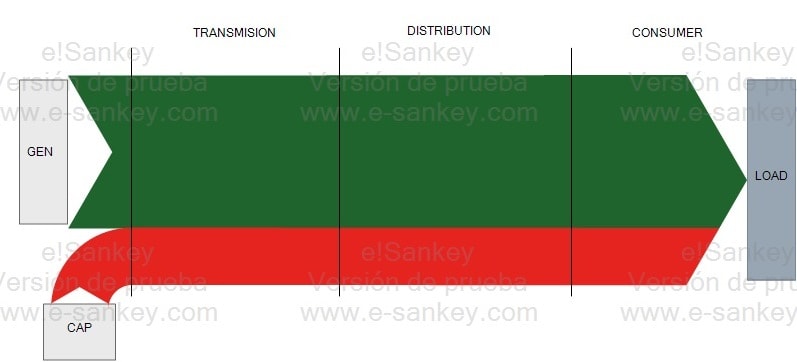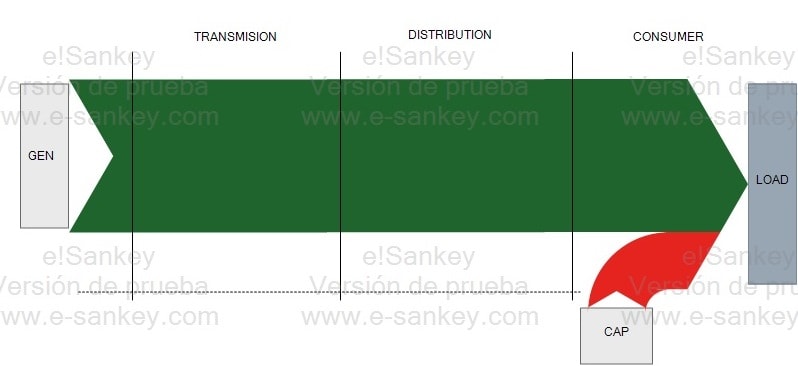Emadshaaban1987
Electrical
Hi folks
I understood the importance of CAP bank for the big individual customers to reduce the paying bells,
hence , helping to improve the network efficiency by reducing reactive energy that cause more losses and heats .
Based on that, why don’t the generation companies connect automatic CAP banks near their location?
Does the location where the Capacitors important? or it can be connected where ever in the network ?
I understood the importance of CAP bank for the big individual customers to reduce the paying bells,
hence , helping to improve the network efficiency by reducing reactive energy that cause more losses and heats .
Based on that, why don’t the generation companies connect automatic CAP banks near their location?
Does the location where the Capacitors important? or it can be connected where ever in the network ?


